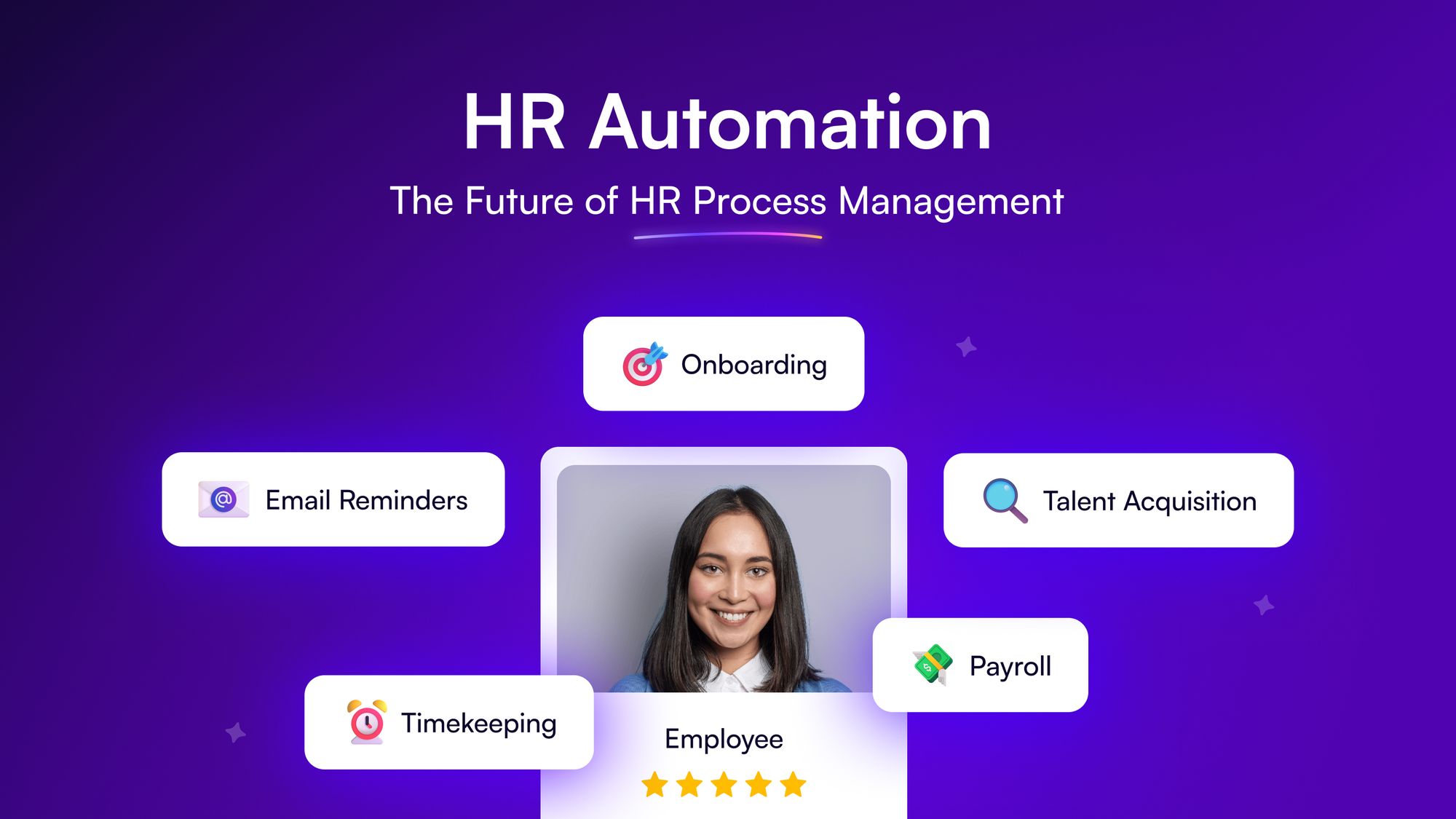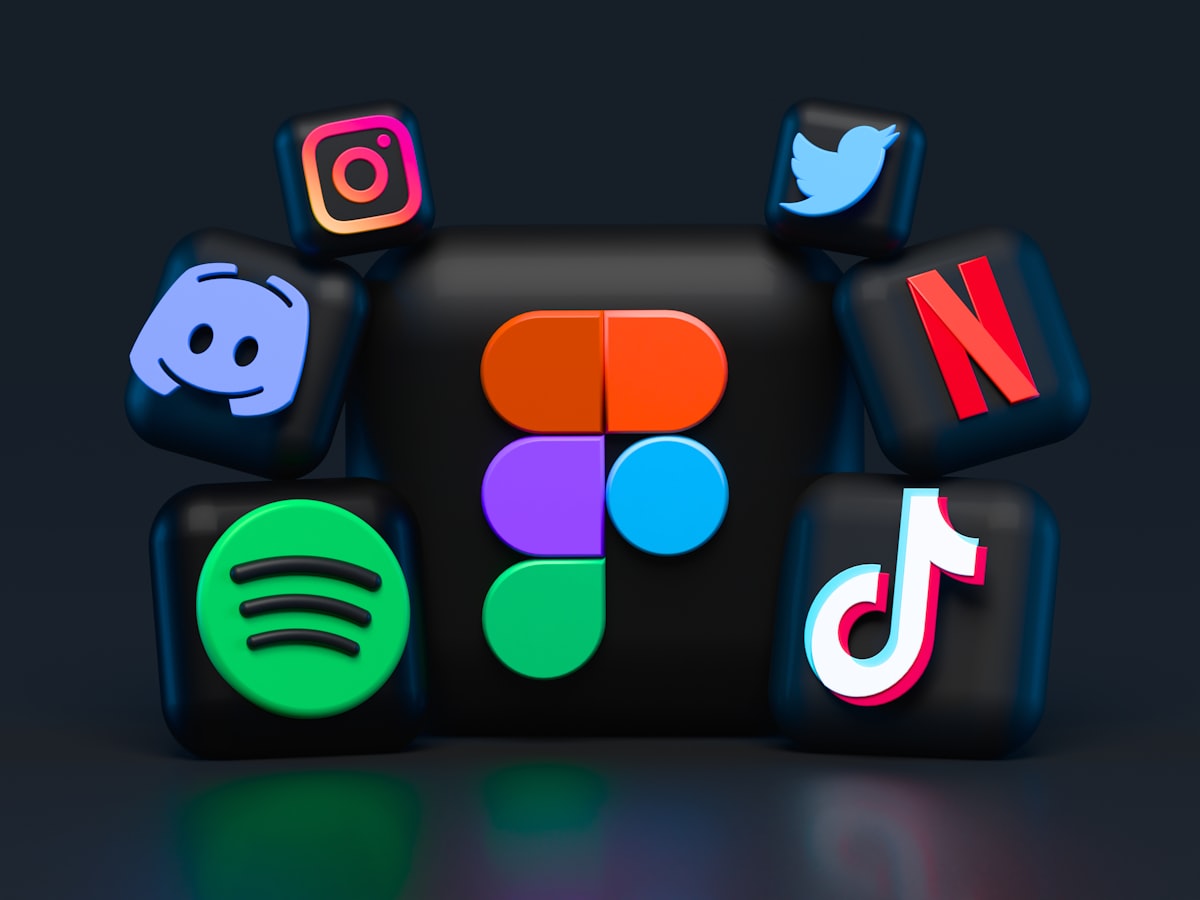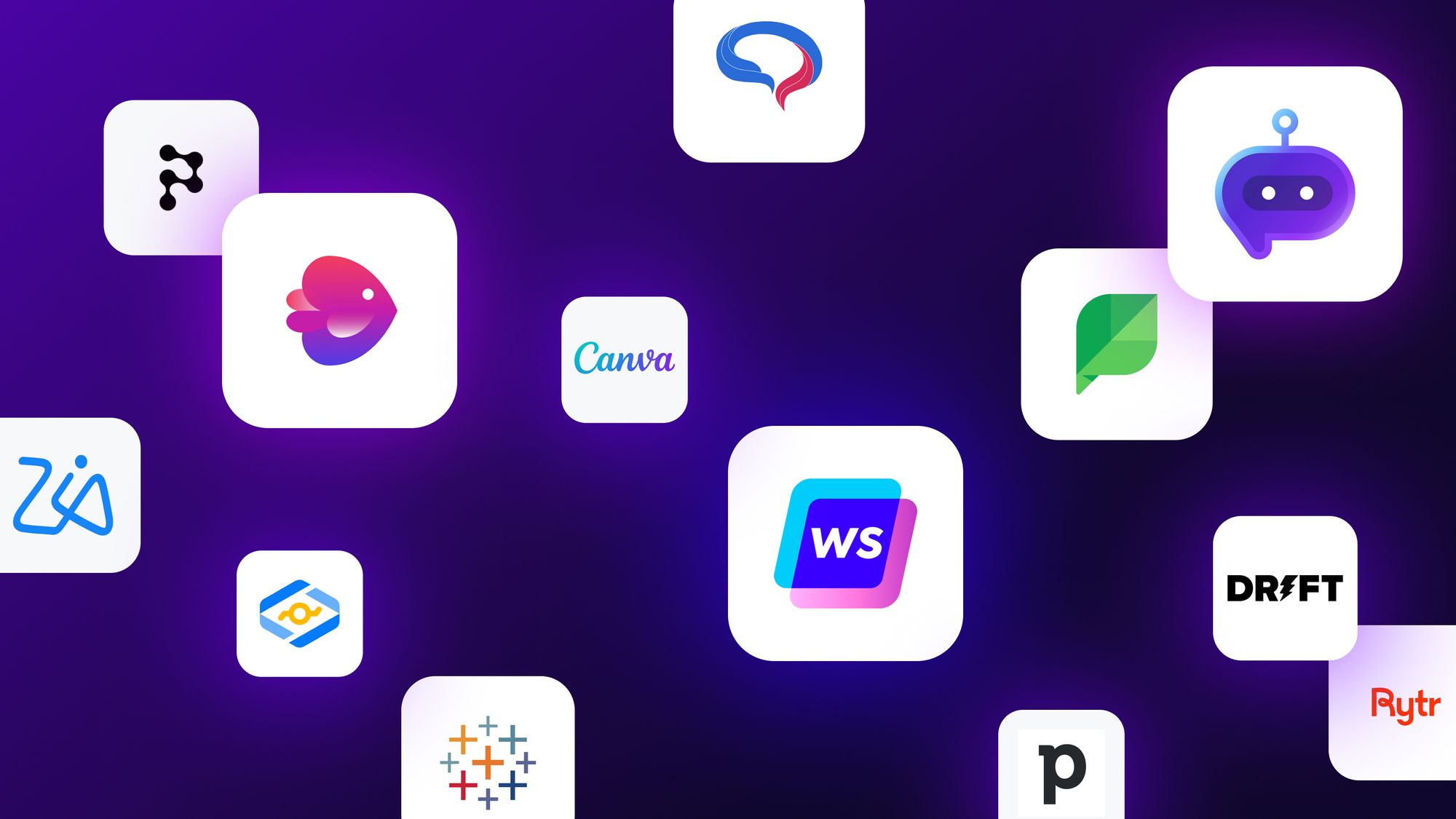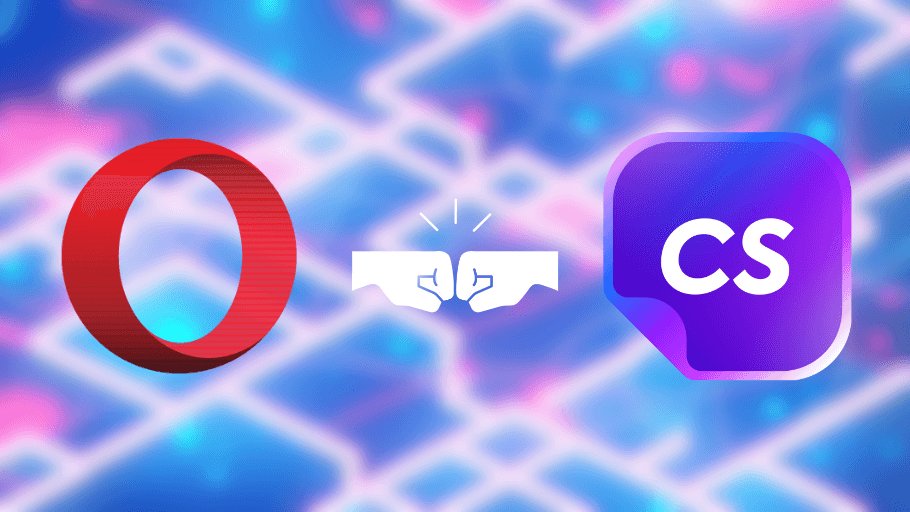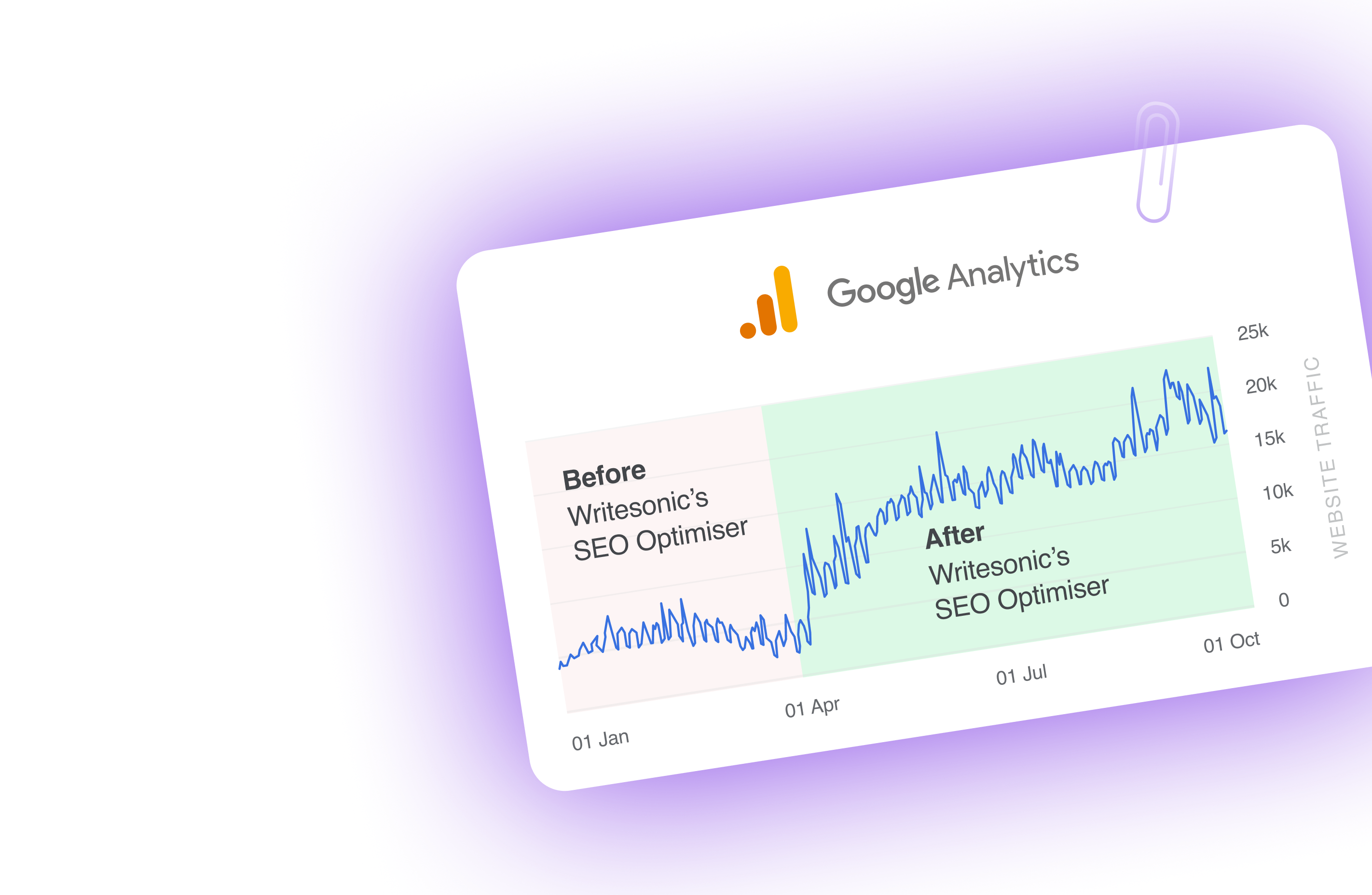Here’s something interesting: the global chatbot market size reached USD 5.7 billion in 2023 and is expected to reach USD 34.6 billion by 2032, growing at a CAGR of 21.5% during 2024-2032. (As per IMARC Group)
However, despite the rapid growth of chatbots, there are companies still struggling to leverage the potential of chatbots. Such companies often face challenges like overwhelming customer service requests, low customer satisfaction, and operational slowdowns hindering overall growth.
So, what’s the secret sauce that chatbots bring to the table? How do they enhance customer engagement and streamline operational efficiency?
This blog post answers all your questions—from the benefits of chatbots, the challenges of implementing them, and how to maximize the positive impacts of bots on your business.
So, let’s get started!
What are chatbots?
A chatbot is a computer program or software application that is designed to interact with users through text or voice interfaces.
From rule-based chatbots to AI chatbots – these chatbots are designed to handle a wide range of tasks like answering FAQs, providing customer support, assisting in shopping, and more.
Now let’s quickly move to the most important section – the benefits of using AI chatbots.
Benefits of chatbots for businesses
From rule-based chatbots to AI chatbots, these are designed to handle a wide range of tasks. For businesses, in particular, these are powerful tools capable of streamlining operations, increasing revenue, and driving growth.
Here are the benefits of chatbots for businesses:
1. Boost sales and improve conversion rates
As per reports, business leaders say that chatbots have increased their sales by 67%.
The chatbots can proactively interact with users, offering instant support and personalized product recommendations based on customer experience and browsing history. This personalized approach not only enhances user experience but also compels customers to complete their purchases.
Furthermore, some chatbots can even process transactions directly within the chat interface, making it easier for customers to complete purchases.
2. Helps reduce cost
Chatbots help businesses automate routine customer support tasks by handling repetitive inquiries and actions efficiently. Their capacity to manage multiple inquiries simultaneously helps businesses handle a higher volume of customer interactions without increasing staffing costs.
This scalability not only helps to optimize operational efficiency but also frees up human agents to focus more on complex and value-added activities. As a result, businesses can reduce costs while improving overall operational efficiency.
3. Streamlines business processes
Chatbots automate various common tasks such as answering FAQs, booking appointments, and processing orders. By automating these tasks, chatbots help businesses streamline operations and improve productivity while significantly reducing the workload of human staff.
For example, a dental clinic’s chatbot can handle appointment bookings, freeing up staff for more important high-value tasks leading to better resource allocation.
4. Reduce customer requests
Chatbots help to reduce the number of customer requests that reach human agents by handling the most common issues and inquiries. They can easily handle tasks like providing product information, answering FAQs, updating account details, and more.
For example, the H&M chatbot can assist customers with outfit suggestions, store location, order tracking, return policies, and more such tasks. This helps the customer support team to focus more on complex and high-priority tasks, ultimately improving overall efficiency and enhancing customer experience.
5. Collects customer feedback
At the end of an interaction, businesses can program their chatbots to gather valuable feedback. This can be in the form of a survey or rating system.
Moreover, to encourage higher participation, offering incentives such as discounts or special offers can significantly increase the quality of feedback received.
The benefit?
These insights into customer preferences and pain points can help you improve your product or service and ultimately enhance the overall customer experience.
6. Helps with lead generation
Chatbots help in enhancing the lead qualification process by engaging visitors in real-time and finding high-quality leads. As a result, the sales team can focus on leads that are more likely to convert, which improves the overall sales efficiency.
Chatbots gather valuable customer insights based on interest and preferences, which helps to improve customer engagement and drive higher conversion rates. Also, the scalability nature of chatbots helps to ensure a consistent and effective lead generation process that grows as per your business requirements.
7. Automate recruiting and training process
Chatbots streamline recruiting by automating tasks like pre-screening applicants, scheduling interviews, and answering hiring-related questions. This saves immense time and resources for HR teams.
Moreover, chatbots also help to onboard and train new employees by providing access to company policies and addressing common queries. As per reports, 66% of HR executives believe chatbots deliver substantial value in employee engagement.
For example, Unilever saw a 75% reduction in hiring time and a significant reduction in costs by using data and AI.
Businesses can leverage Botsonic for HR to streamline their recruitment and training processes, ensuring efficiency and enhanced candidate experience.
8. Reduce cart abandonment
With an average online shopping cart abandonment rate of 70.19%, this is becoming a serious cause of concern for e-commerce businesses.
Didn’t see that coming, did you?
Thankfully, AI chatbots for e-commerce are doing a great job at reducing the cart abandonment rate.
How?
Chatbots engage customers who are about to abandon their shopping cart, offering assistance, answering questions, and providing incentives to complete the purchase.
Moreover, they can send reminder notifications to customers who left items in their cart and encourage them to complete the checkout process. By offering this personalized support, chatbots can address concerns or issues regarding cart abandonment, if needed.
Learn more about how to reduce cart abandonment rate.
9. Reduces wait time
53% of people say waiting too long for replies is the most frustrating part of interacting with businesses.
Something we all can relate to, right?
Chatbots help to reduce customer wait time by providing quick answers and solutions. Botsonic stands out with its capability to deliver instant, accurate responses, significantly cutting down on wait times. This not only boosts customer satisfaction but also enhances brand reputation.
This benefit creates a positive domino effect.
Satisfied customers are more likely to return and recommend the business to others, leading to increased customer loyalty and retention. And with Botsonic, businesses can ensure a smooth and more efficient experience from start to finish.
10. Train your custom ChatGPT chatbot
Customizing and training your chatbot on your own data helps you meet specific business needs. You can add the knowledge base relevant to your industry, ensuring it understands the nuances and specific information of your domain.
Moreover, feeding appropriate examples reflecting your unique conversations and terminologies helps the chatbot generate contextually appropriate responses tailored to your users’ needs.
Some of the successful companies that have personalized their AI chatbots have achieved excellent results.
11. Compliance and security
Staying compliant with regulations and ensuring the security of sensitive customer information is critical for businesses.
Chatbots help to automate data protection and ensure regulatory compliance, reducing legal risks and strengthening customer trust.
For example, Botsonic keeps security on the top, offering a zero-retention data policy for LLMs. The platform has robust security measures to safeguard the data and preserve the confidentiality and integrity of the workplace.
12. Scalability
Another important benefit of chatbots is their ability to effortlessly scale to meet your organization’s needs. This helps to handle a large volume of interactions, making it easier for businesses with seasonal spikes in demand.
Moreover, chatbots help maintain consistent service quality across different regions and time zones, offer multilingual capabilities to cater to a global audience and integrate new features easily without any significant downtime.
Better and more cost-effective than hiring a human agent, right?
13. Seamless Integration
Chatbots can be seamlessly integrated with multiple apps, websites, social media platforms, and more.
And how does this benefit you? The integrations ensure a consistent experience across all platforms.
Integration with CRM also helps chatbots access the knowledge base or customer data and personalize the responses. This ensures that businesses provide accurate and real-time information to users.
14. Consistent brand messaging
Can the chatbot adapt to our brand voice? – One of the biggest fears every business faces when implementing a chatbot.
The answer? An astounding yes!
With proper training, chatbots help deliver consistent messages that are free from subjectivity and biases and maintain a consistent brand tone.
Businesses can easily customize the chatbots as per their brand tone, personality, and messaging, ensuring they align properly with the brand. This helps maintain a consistent brand voice and improve customer perception.
Benefits of chatbots for customers
Customers are the heart of any business, and ensuring their satisfaction is the most important part.
Here’s how chatbots are making life easier and more pleasant for customers:
15. 24/7 availability
With every customer wanting a quick response, regardless of business hours, why should businesses prioritize 24/7 availability?
Well, check this:
Chatbots handle the initial interaction, eliminating wait times with immediate support, even during peak hours. Moreover, they offer round-the-clock assistance, ensuring customers receive support at any hour, which is particularly beneficial for international customers.
Here’s an interesting example to emphasize this:
An e-commerce store uses an AI chatbot to make sure the customers receive answers about product availability, even at midnight.
16. Provide multilingual support
Another important chatbot benefit to customers is its ability to interact with customers in multiple languages.
By communicating in a customer’s native language, chatbots make it easier for non-native speakers to interact with the business, leading to a more inclusive customer experience.
In addition, customers feel more comfortable and understood when they can communicate in their own language.
Why is this important? Expect increased satisfaction and loyalty.
Plus, this isn’t just limited to texts. Some advanced chatbots offer multilingual support through voice too.
17. Offer personalized experiences
Who doesn’t like personalization?
Chatbot adopts a customer-centric approach, where it integrates with the CRM to learn about customer behavior, actions, and preferences. And finally, it curates the right response accordingly.
These personalized interactions make customers feel special and valued, which helps increase engagement with the brand. For example, chatbots can offer personalized deals and recommendations based on past purchases or browsing history. This, in turn, leads to higher conversion rates.
Still in doubt? Well, the numbers don’t lie!
Around 47% of customers are interested in receiving personalized deals, and 63% of Gen Zers prefer personalized offers.
18. Enhanced user experience
Chatbots help to maintain consistency and reliability by offering accurate information every time. This helps to ensure that customers receive accurate information for their queries regardless of when they interact with the chatbot.
By providing quick and easy access to information, the chatbot helps reduce the need for customers to navigate the website or wait for human agent support, which helps to streamline the interaction process.
Also, chatbots can guide users through the website or help them find specific information quickly, enhancing their overall experience.
19. Faster Response Time
As per reports, around 96% of shoppers expect a response within 5 minutes.
Chatbots provide instant responses to customer queries, meeting the high expectations of customers who demand quick and efficient services.
By minimizing the wait times, chatbots help reduce customer frustration, leading to more positive interactions with the company. Also, faster response times mean customer issues are resolved quickly, improving customer satisfaction.
20. Omnichannel support
73% of the customers expect to start communication on one channel and continue on another without restarting.
Chatbots excel in providing seamless support across multiple platforms, including websites, social media, and messaging apps. This allows customers to start a conversation on one platform and continue it on another without having to repeat their queries.
The obvious benefit? It saves time and reduces frustration.
By providing omnichannel support, chatbots can create a unified and better customer experience, making interactions more smooth and efficient. This leads to improved customer loyalty and retention, enhanced efficiency, and positive customer relationships.
Pros and Cons of Chatbots: A Quick Overview
| Pros | Cons |
| 24/7 availability | Impersonal and robotic responses |
| Scalability | Ethical and biased data concerns |
| Faster response time | Requires time and effort to train |
| Multilingual support | Security and compliance issues |
| Personalization | Potential for user frustration |
| Seamless integration | Limited by predefined knowledge |
| Reduce customer churn | Lack emotional intelligence |
| Improved user experience | Dependence on technology |
Challenges of Implementing Chatbots in Businesses + Solutions
Here’s a look at some of the common challenges of implementing chatbots (and don’t worry – there are solutions too).
1. Higher Setup Costs
The upfront cost involved in the development of a chatbot, and the ongoing cost of maintenance can be pretty expensive, especially for small and medium-sized businesses.
Solution: Go for AI chatbot solutions like Botsonic, which offers various pricing plans tailored to different business sizes and needs, making it accessible to startups and large businesses alike.
2. Time and Effort To Train The Chatbot
Training a chatbot can require a considerable amount of time and resources to ensure that the bot understands and responds to a wide range of queries quickly and accurately.
Solution: With Botsonic, you can easily streamline the training process with proper integration with FAQs and customer support transcripts. This helps the bot to learn from customer interactions, reduce the need for extensive retraining, and stay up-to-date.
3. Customization Options and Maintaining Brand Identity
Some platform options offer limited customization options, which doesn’t give the user much scope to tailor that chatbot to their needs. Moreover, ensuring that the chatbot aligns with the brand identity can be very challenging.
Solution: The new AI-powered chatbots give you the option to customize the chatbot’s appearance, behavior, and responses, aligning with your brand identity. This helps businesses to make sure their chatbots sound like ‘them.’
4. Lack of Personalization
Various chatbots tend to generate a very generic response, which can lead to a lack of personalized experience. Also, failing to personalize the responses can lead to missed opportunities for engagement and conversions.
Solution: By integrating Botsonic with CRM, you no longer have to worry about personalization. Botsonic analyzes customer data, past interactions, preferences, and behavior properly and comes up with personalized responses.
5. Multiple Language Support
Chatbots often struggle to support multiple languages and understand various regional dialects and informal terms.
Solution: Go for a chatbot that offers multilingual support. Most AI-powered chatbots leverage NLP to understand and respond in multiple languages. Of course, the more the bot can understand different languages and informal terms, the better it can interact with the customers.
6. Cold User Experience
At times, the responses by chatbots can feel robotic or scripted. This lack of emotional tone in the responses can make users feel unheard or dissatisfied.
Solution: Botsonic uses advanced NLP to make sure the conversations sound more natural and engaging. Also, by integrating Botsonic, businesses can personalize the interactions making them feel more empathetic and relevant.
7. Integration Complexities
Integrating chatbots with third-party apps can be very difficult and time-consuming. Moreover, ensuring a smooth flow of information, without compromising on the user experience can be quite challenging.
Solution: Ensure that the bot you finalize can integrate with multiple applications seamlessly, ensuring smooth compatibility and operations.
How can Botsonic help?
Integrating chatbots into your existing systems can be a daunting task and demands a lot of technical expertise.
Here’s where Botsonic comes to the rescue!
Its advanced features and user-friendly interface, can make the entire process very seamless and efficient.
Here’s everything you need to know about it.
Botsonic is a no-code AI chatbot builder that helps you build chatbots trained on your own data and capabilities. It is designed to integrate effortlessly with various platforms, ensuring your chatbot works properly within your existing ecosystem.
Here’s how Botsonic addresses key technical challenges:
- No-code implementation: Not a tech expert? No worries! Botsonic lets you build and deploy chatbots without any coding knowledge. The simple and intuitive interface makes it easy to set up your chatbot and integrate it with other platforms.
- APIs and data integration: Botsonic lets you integrate with the database, APIs, and other systems quickly. This ensures that your chatbot can access relevant data and provide timely responses.
- Multilingual support: Looking to target a global audience? With Botsonic’s multilingual capabilities, you can interact with users in multiple languages, enhancing user engagement and broadening your reach.
- Customization and branding: Botsonic offers a range of customization and branding options. You can align the chatbot’s name, color scheme, and conversation flows with your brand. This ensures a consistent and cohesive user experience across all interactions.
- Real-time analytics: Botsonic offers real-time and insightful analytics to track chatbot performance and understand user interactions. This data helps you make informed decisions and continuously improve the chatbot’s efficiency as it learns from each interaction.
By addressing these challenges, Botsonic ensures seamless chatbot implementation.
But wait, there’s more!
This not only enhances customer engagement but also integrates smoothly with the existing technologies.
Try Botsonic for free!
Level up your business with Botsonic
Chatbots are transforming the way businesses interact with customers and manage operations.
These chatbots can help with everything, don’t you agree?
Right from offering 24/7 support and reducing cart abandonment to providing personalized experiences and significantly enhancing customer satisfaction and business efficiency, it does it all.
And the one AI chatbot that stands out from the crowd? Botsonic, of course.
Botsonic simplifies chatbot integration with its no-code setup, seamless data integration, and robust customization options. By addressing key technical challenges, our tool ensures that businesses can effortlessly implement and maintain effective chatbots.
Ready to give Botsonic a try and elevate your customer service and drive business growth?
FAQs
1. Can chatbots be used to facilitate customer feedback collection and market research initiatives?
Absolutely! Chatbots can collect customer feedback and conduct surveys efficiently. Businesses need to add a program that, after a purchase or interaction, chatbots need to ask customers for reviews or insights. This will help collect invaluable data for market research and improve your services.
2. How can we ensure that our chatbot aligns with our brand voice and values to maintain consistency in customer interactions?
To keep your chatbot aligned with your brand voice, make sure to add data regarding the brand voice while training the chatbot. Regularly update its scripts, incorporate feedback, and monitor interactions to ensure consistency. Training the bot on past customer service interactions can also help maintain consistent and brand-appropriate responses.
3. How can chatbots help us deliver personalized experiences and targeted messaging to our customers?
Chatbots use data from user interactions to offer personalized recommendations and targeted messaging. They analyze actions, preferences, and behaviors to tailor offers and content to each customer, enhancing the user experience and boosting engagement and conversions. Integration with CRM systems can further refine their personalization capabilities.

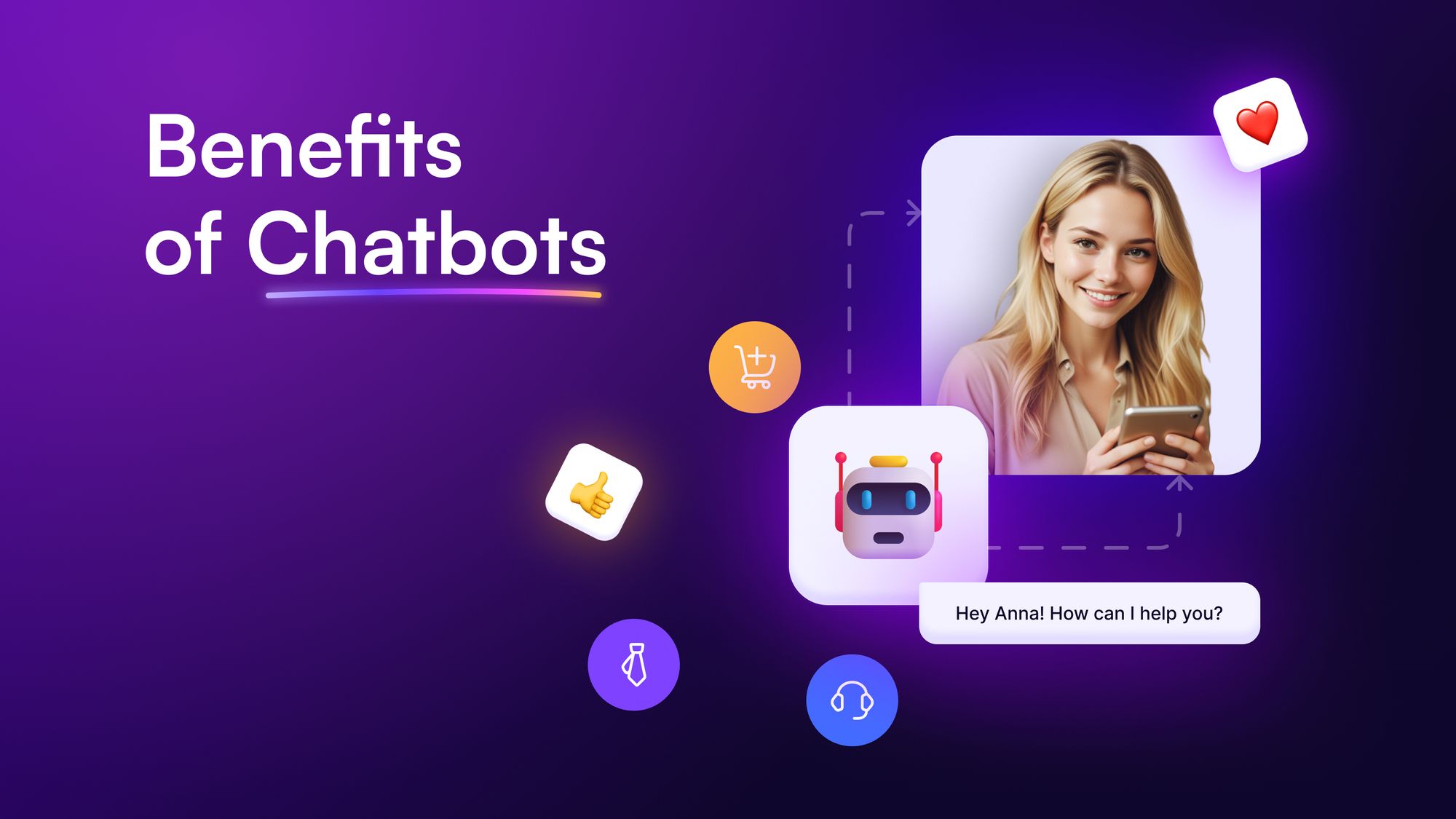

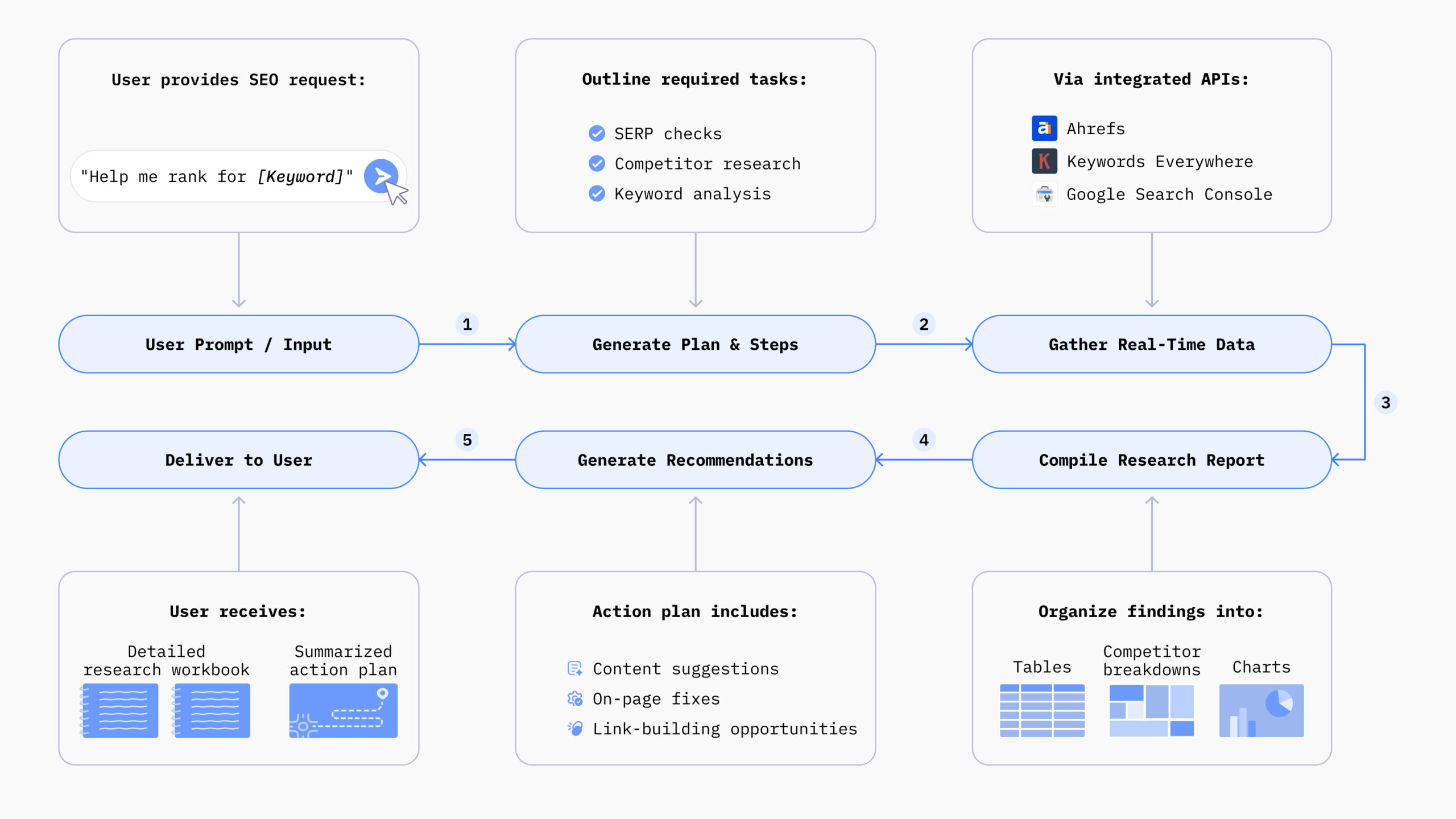

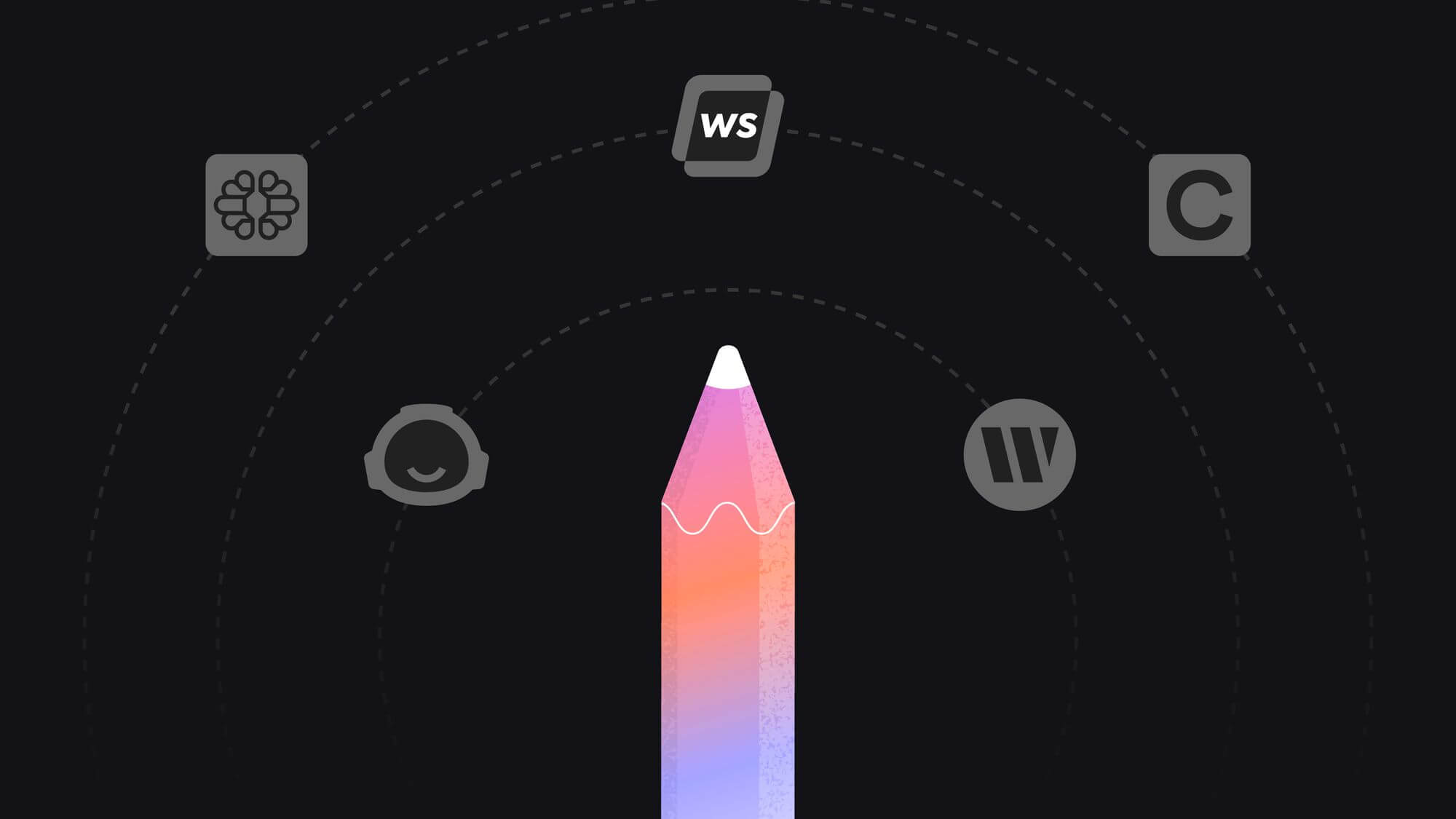

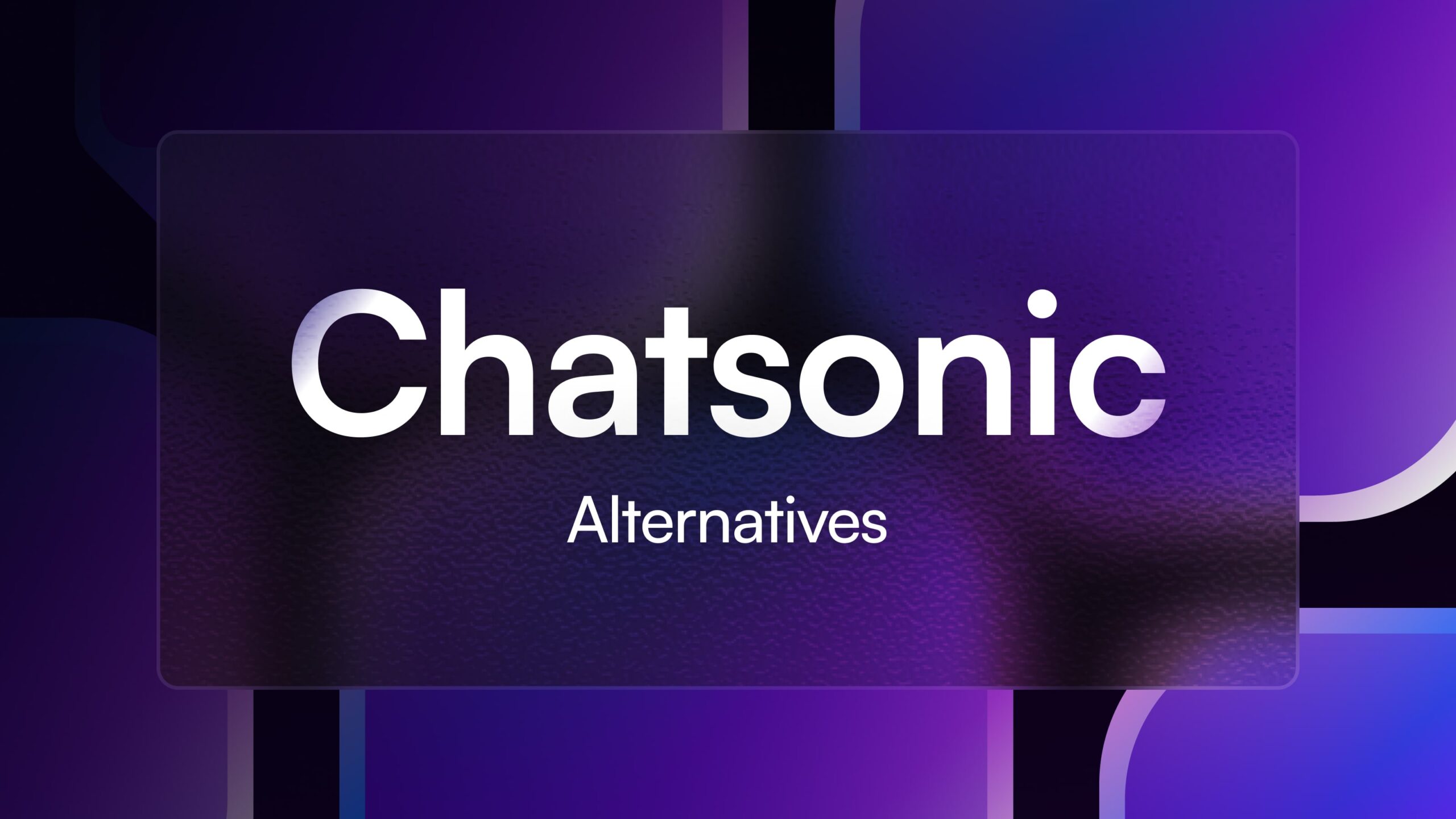
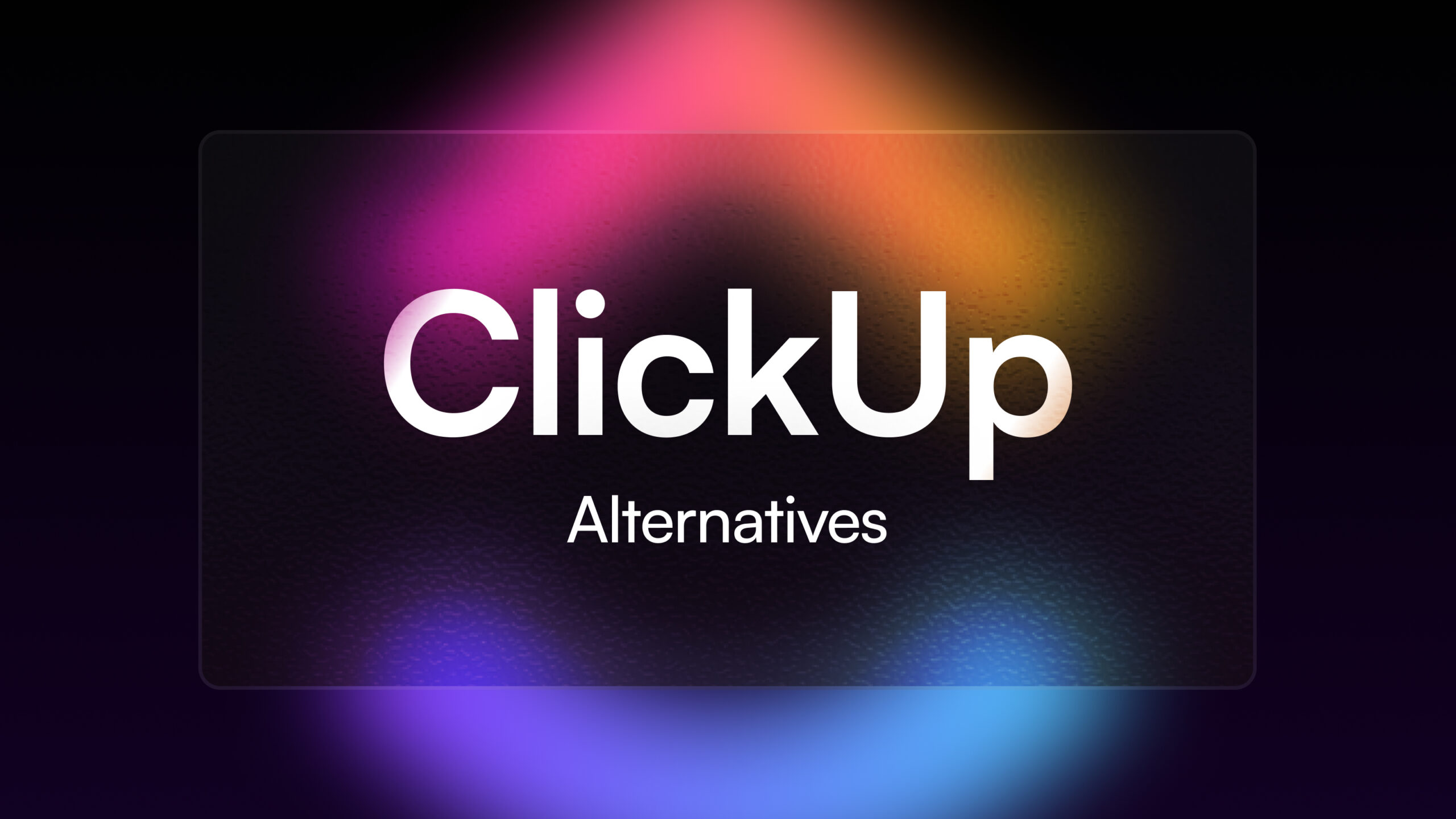

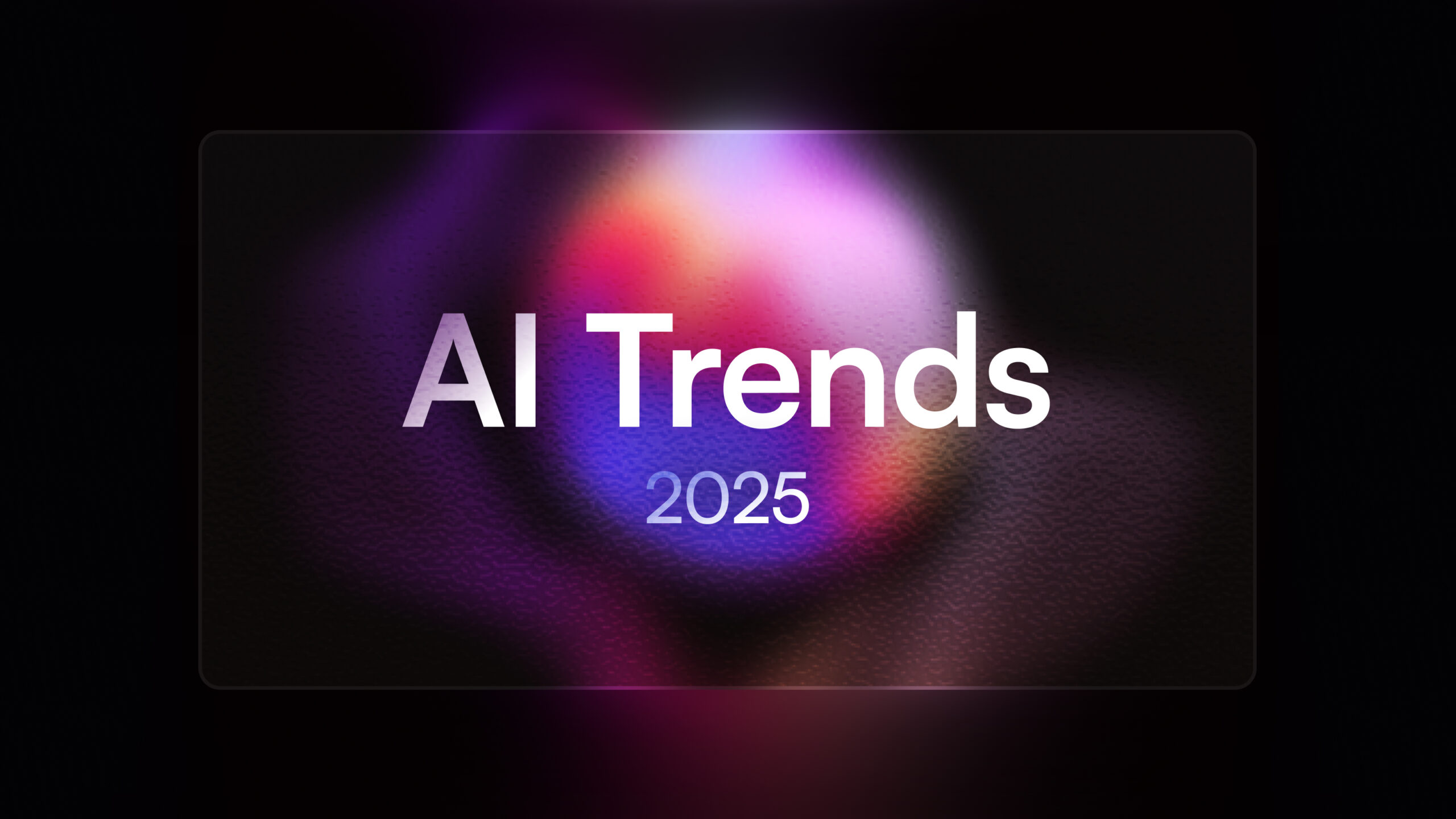
![How to Outsource Content Writing: Essential Steps [+10 Best Platforms]](/wp-content/uploads/Outsourcing-Content-Writing.jpg)
![How to Use ChatGPT for SEO: 10+ Strategies [Tips and Tricks]](/wp-content/uploads/4-1-1.png)




